XLPE PVC cable specification
As you know, wire and cable made by two popular insulators: XPLE and PVC, are widely used in various applications. Their characteristics made them suitable for the occasion.
XLPE coated cables are known as XLPE cables. The type of polyethylene known as XLPE has molecular chains which are connected to the form of X (polyethylene connected). In this paper, we intend to discuss the various features that XLPE insulation provides. We also check the use of this cable and examine the distinct ways of the PVC cable.
Material that is imported into the production of XLPE cables or polyethylene or cross-linked polyethylene. The material’s ability to withstand high temperature is due to the intermolecular bond structure within it.
Because of its strong heat resistance, XLPE makes this cable a great option for high-voltage electricity transmission.
This material has high tensile strength and high bending strength, both of which are very important properties. This particular material has a dielectric constant of 2.2 and a water absorption rate of about 0.01%. As mentioned earlier, XLPE is a type of thermal insulation that may be melted at temperatures between 150 and 170 degrees Celsius.
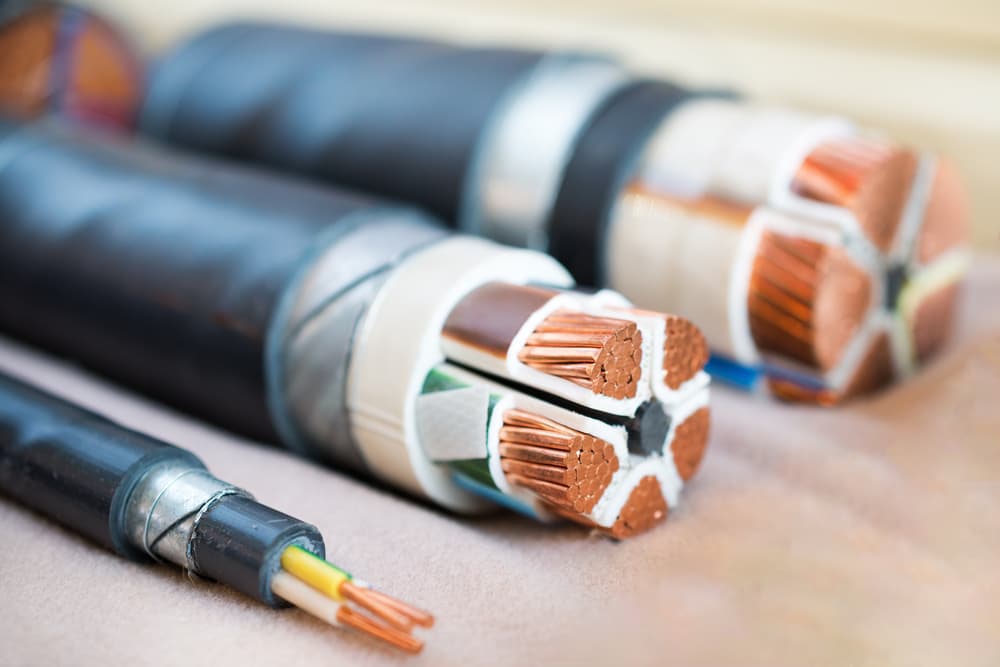
In this part, several polyethylene insulating (XLPE)-related features have been investigated prior to insulation. We are adding more content to this section so we can expand our understanding of these materials and the vital roles they play.
The low density of this cable insulation is one of the essential features of it. Approximately 0.92 g XLPE per cubic centimeter of space is packed. For this reason, XLPE wires are very light. Despite the fact that the temperature of these materials starts to melt about 150 degrees Celsius. However, the maximum operating temperature is 90 degrees Celsius.
Halogens are not present in XLPE insulation. As a result, no hazardous gases will be generated during the fire.
XLPE cable applications in various industries
Conditions like the ones mentioned in the preceding paragraph still apply in all fields. For example, the XLPE cable should be used while working in the mines. The chemical industry is the ideal environment for the application of this wire.
Besides, XLPE cable is suitable for use in large commercial buildings as well as residential areas. In most conditions, XLPE cable is the top choice for use when cables are exposed to combustible materials, such as petroleum. This is because oil can ignite.
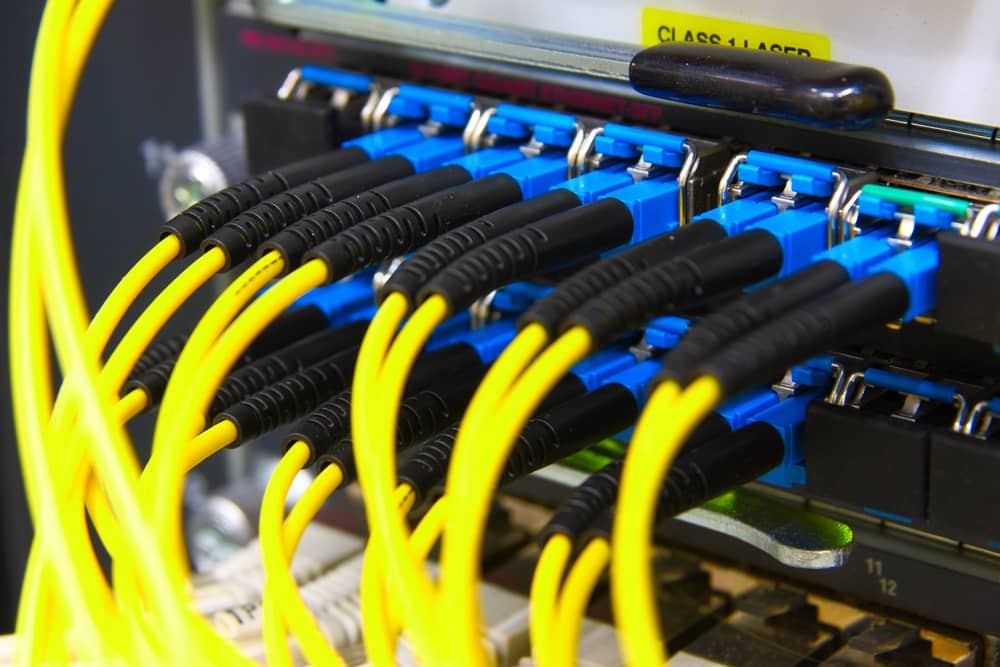
Production facilities, refineries, and mining operations all require XLPE cables. As cables are often exposed to a wide range of extraordinary situations such as pressure and tension, wear, chemicals and corrosive substances in such environments.
Main difference between PVC cable and xlpe cable
As previously mentioned, XLPE insulation is a type of polyethylene material characterized by molecules that are attached to the shape of X. Insulation made of polyvinyl chloride, on the other hand called PVC.
The ability of XLPE cables to tolerate situations such as high voltage efficiently compared to PVC cables is one of the distinctions of two types of cables. In fact, the fact that it has an insulating structure makes it completely robust.
PVC cables also cannot withstand much stress. The cable works best when the cable tension is relatively low. Next, you get an understanding of the remarkable changes that are between the two different types of cables.
The insulation made of XLPE has a long life span that is significantly more than the insulation made from PVC.
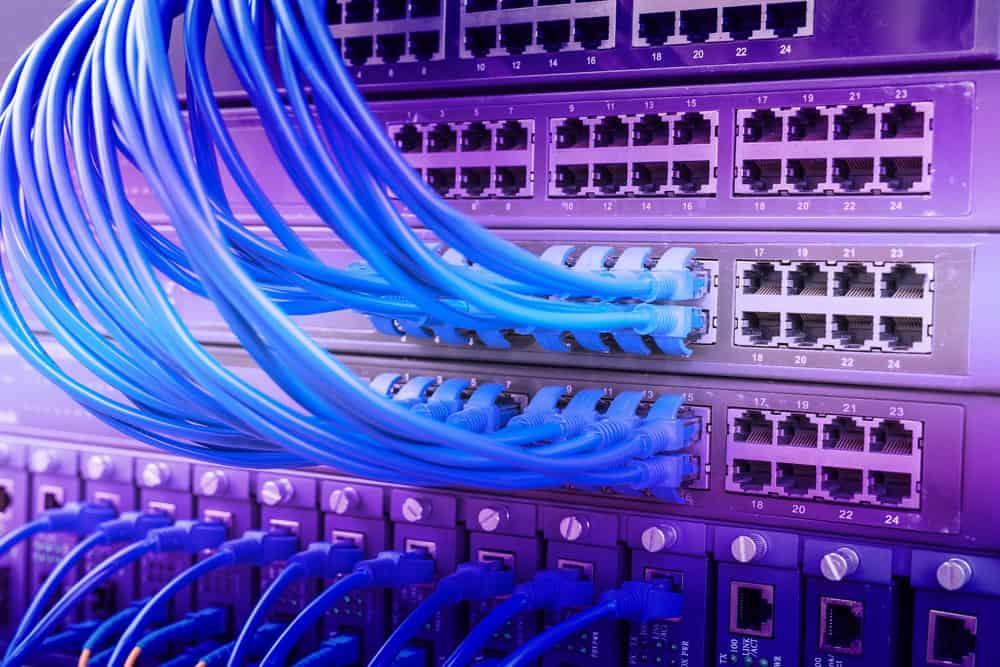
Unlike PVC, XLPE does not contain any chlorine in its molecular structure, which is another advantage of this material. Due to this issue, this insulation is too environmentally friendly.
XLPE cables are more resistant to high temperature than PVC cables.
The moisture resistance of cross-linked polyethylene (XLPE) is greater than PVC. In fact, XLPE has water resistance, which is 100 times PVC.
For insulating cables, both materials are sometimes used. In this way, the primary insulating material used in the cable is made from XLPE and the cover which is ultimately applied to the cable is made from PVC.
When should XLPE cable be used and why should it be used?
Under the following conditions, XLPE cable may be used in industrial settings:
Very low condition or high temperature, high electric voltage exposure
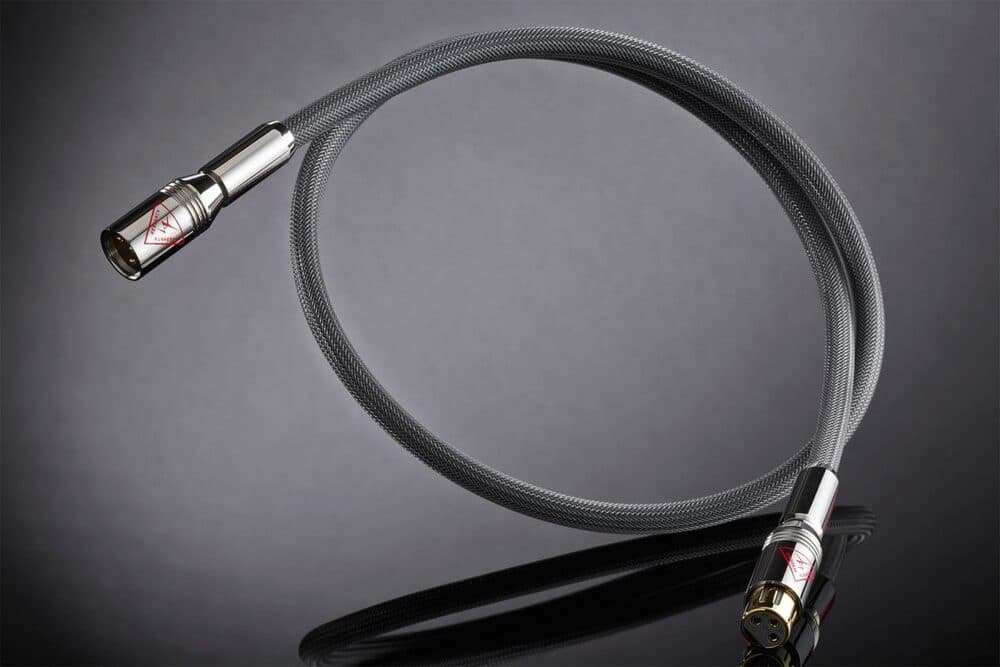
Many advantages of using XLPE wire
Below are some advantages of XLPE cable:
Because of XLPE quality, heat resistance is higher, up to 90 degrees Celsius;
The flexibility and capacity of cable deformations are intrinsic in various aspects of cable deformation due to its transverse link;
resistant to solvents and able to maintain its main electrical properties even when exposed to chemicals;
can maintain temperature rise up to 250 degrees Celsius for a limited time;
In addition, this type of cable has a high level of moisture resistance and mechanical stress as well as sunlight.
Disadvantages of using XLPE wire
XLPE cable has many advantages compared to other types of cable, but it has several forms, such as:
This type of cable has low thermal resistance at high voltage, and if the mass insulation is melted and placed inside the cable, it can cause a lack of electricity inside the cable.
It should not be used for long periods in temperatures above 90 degrees Celsius.
When it comes to this type of insulation, there are no definitive criteria for electrical and electronic connection variables such as protection degrees, and the goods provided by various manufacturers are very different from each other.
We offer a wide range of wires and cables with our products pricing policy reasonably below the global market price. You can easily contact us and make sure that you price is significantly lower than the market. So fill out the inquiry form, let us know what you want and we will contact you temporarily.

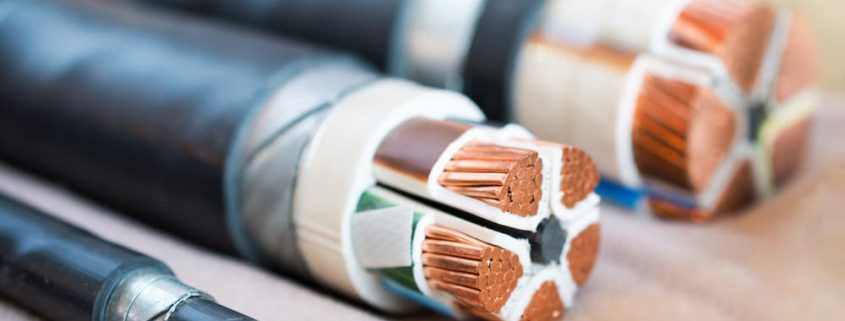


Leave a Reply
Want to join the discussion?Feel free to contribute!